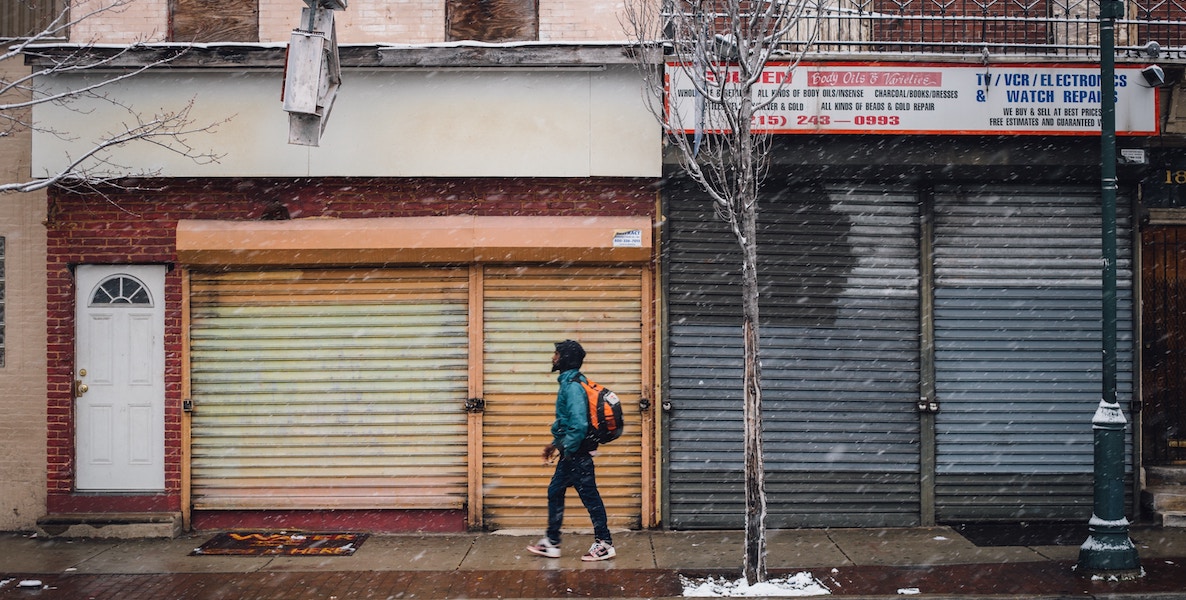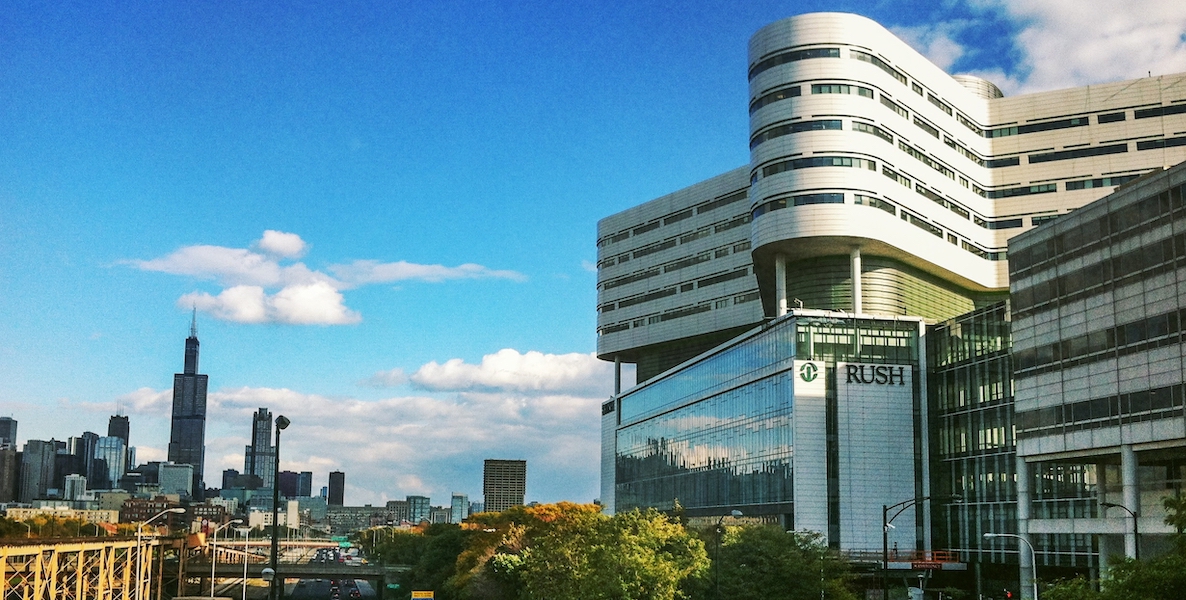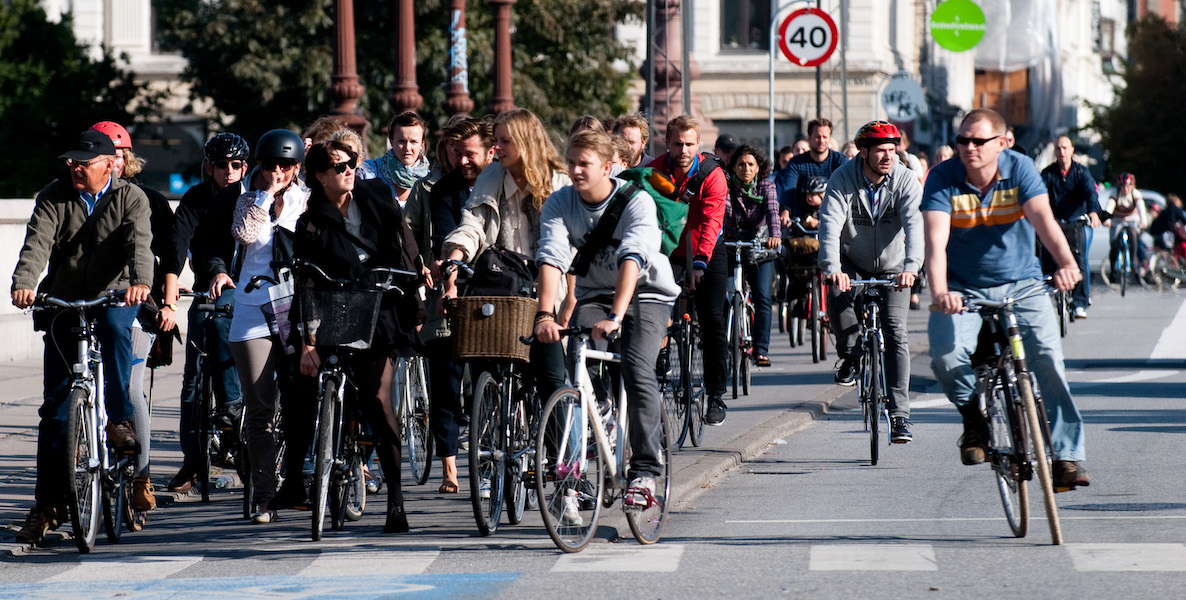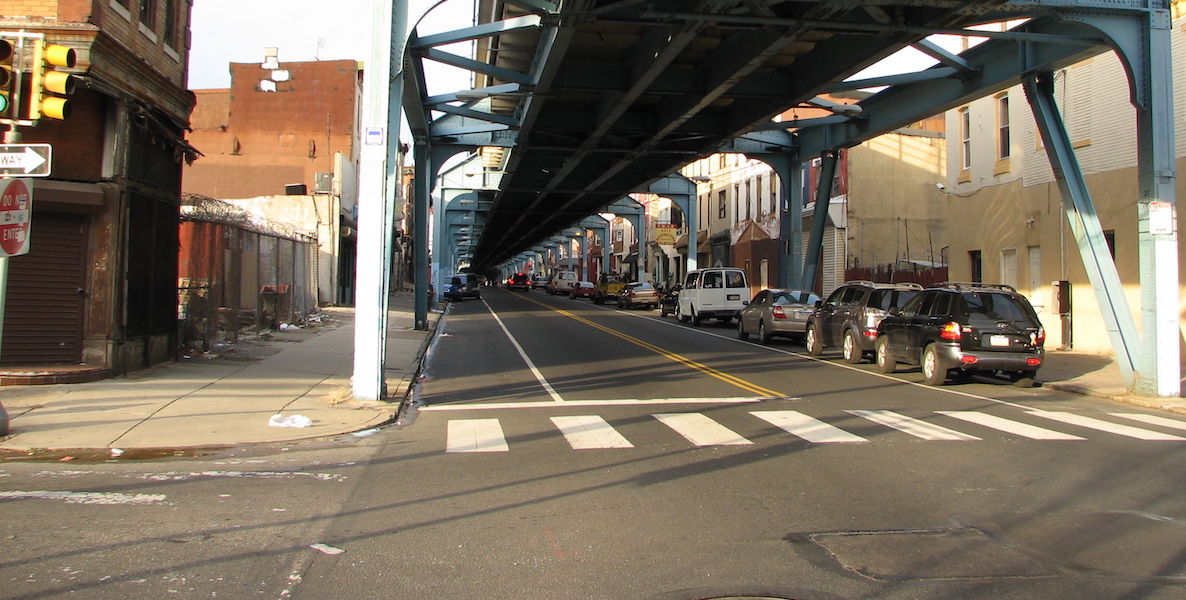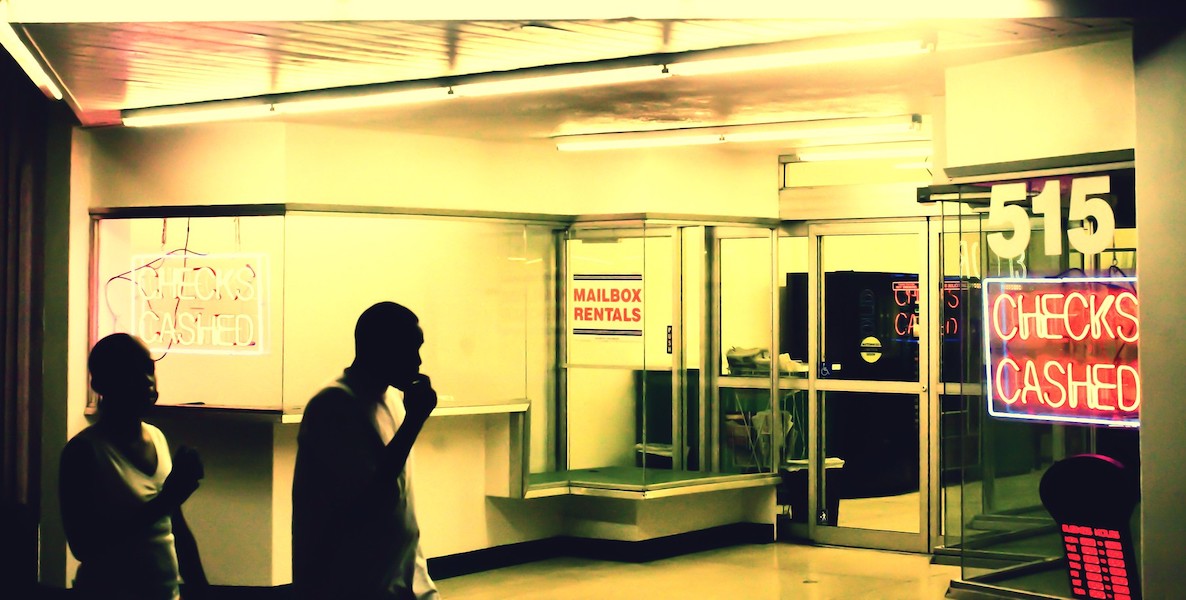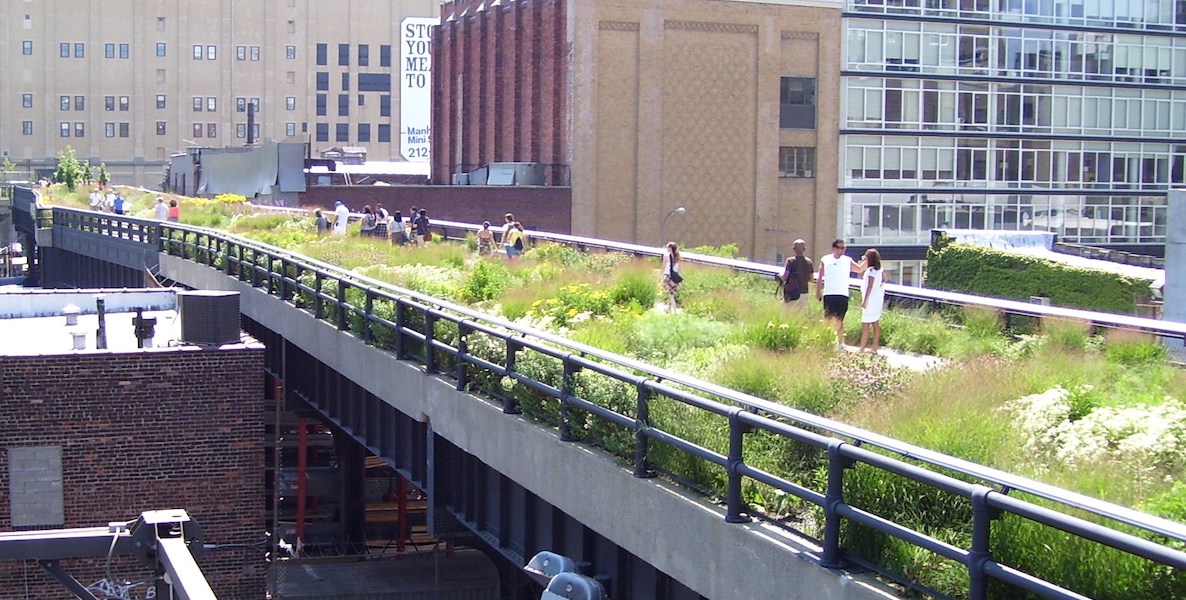Anyone who spends 10 minutes watching a Democratic presidential debate knows that we are living through a period of grand re-questioning. None of this should be surprising to urbanists, since cities are at the vanguard of solving the world’s toughest challenges (e.g., growing climate challenges, rising income, wealth, health and spatial disparities) from the bottom up. Given their lead position, cities around the world are re-examining conventional norms around growth, governance and finance and, in the process, creating the new urban social and sustainable contract.
I was reminded of this last week when I spent time in Atlanta (for the inaugural meeting of the Global Institute on Innovation Districts) and Toronto (for, among other things, the Future Cities Canada Forum).
Something big is happening here. The interplay of public investment and private wealth is being re-examined, in hot markets and weak markets, around transportation nodes, public parks, innovation districts and other sub-geographies of the places we call home.
The sessions were everything I had hoped they would be. The new Global Institute, powered by my close friend and colleague Julie Wagner, promises to make a significant contribution by bringing quantitative evidence and practitioner insights to this new form of economy shaping and place making. The Future Cities Canada Forum brought together an exceptional group of leaders, practitioners and advocates across multiple layers of government and sectors of society to discuss the Canadian brand of New Localism. As Lisa Helps, the Mayor of Victoria, succinctly stated, “cities should stop talking about the power we don’t have and start talking about the power we do have.”
These gatherings also prompted me to read the recent writings of Geoff Mulgan and Indy Johar, two of the smartest urban observers I know. Geoff and Indy have written powerful pieces about the interplay between public investment and private wealth, compelling us to think hard about “who pays” and “who gains” from our current development model, particularly in cities experiencing rapid price appreciation.
On November 5th (coincidentally the first day of the Global Institute gathering), Geoff released a new blog entitled “Innovation Districts: How cities speed up the circulation of ideas.” As CEO of Nesta, Geoff has his finger on the pulse of innovation and offers sharp insights about why innovation districts “are better understood as a kind of collective intelligence” which require “construction to be matched by curation.” As Geoff writes, “Innovation districts depend on a sense of place, often working best in 19th century buildings, with streets not towers, bricks more than concrete, flexible spaces rather than overdetermined ones, character rather than conformity.”
Beyond these insights, I was quite taken by Geoff’s assessment of value creation and capture:
[L]and is capturing too much of the value of innovation districts. As clusters succeed, they tend to give large capital windfalls to landowners many of whom have contributed little to the wealth they capture. Economic theory frowns on windfalls of this kind and encourages policy-makers to come up with smart ways of recycling them. Yet no major cities are doing so, and none are recycling money into future creativity (for example, giving young children experience of innovation and invention, which evidence suggests is a better way to fuel future prosperity than tax breaks and subsidies). What is needed is a new approach to capturing the land value gains within cities resulting from the knowledge-based economy and recycling these into sources of future intangible growth.
Indy explored similar territory in a paper he released in September entitled “A Smart Commons.” Indy is characteristically blunt, starting with his first sentence: “How we invest in our cities is broken.” The US style of city building, in particular, is characterized by public inputs (a complex mix of public-driven tax incentives and infrastructure resources) and private outcomes (rising property values). As Indy summarizes, “this is the sponsored creation of private wealth by cannibalizing public goods.”
To illustrate his point, Indy did (some of) the math on New York City High Line (one of the most successful and replicable reimaginations of legacy infrastructure in the past 25 years). Indy calculates that the High Line cost $187 million to build, with 77 percent of the price tag coming from the federal, state and local governments. The rest was raised by Friends of the High Line, a non-profit organization set up to promote and maintain the walkway.
Indy and his colleagues then proceeded to look at the impact of the High Line investment on the values of properties located near the park. As he concludes:
If we solely look within 500 meters of the park their combined market value has gone up by $9 billion between 2007–2018, yet if they’d gone up by the Manhattan mean, they would have only hit around $5.7 billion. That means for properties within 500m of the High Line, it has contributed to $3.4 billion of additional value, whilst property tax revenue has only gone up by $103 million. That’s a big gap. $3.3 billion to be exact. All of which is generated by public investment that’s escaped being paid back to the public purse.
Two quick caveats.
First, hindsight always tends to be 20/20. The High Line’s success now seems inevitable; when it started, it involved a substantial amount of risk. The same can be said for the Cortex Innovation Community in Saint Louis or the Innovation Quarter in Winston Salem or many other anchor-led innovation districts.
As Lisa Helps, the Mayor of Victoria, succinctly stated, “cities should stop talking about the power we don’t have and start talking about the power we do have.”
And property tax revenue is only part of the High Line’s “pay-back” to New York City. The full impact needs to take account of other tax revenues and economic impacts generated by this remarkable initiative.
That said, Geoff and Indy are raising threshold questions about the interplay of public investment and private wealth. And, as confirmed solutionists, they offer several mechanisms, old and new, for consideration including land value taxes, community infrastructure levies and smart covenants. And there are other mechanisms to explore. As many of you know, Luise Noring and I have researched the new kinds of public asset corporations emerging in Copenhagen and Hamburg and are now working to translate this to the United States and figure out how to alter the way our disparate set of public authorities dispose of land and buildings.
To return to the initial point. Something big is happening here. The interplay of public investment and private wealth is being re-examined, in hot markets and weak markets, around transportation nodes, public parks, innovation districts and other sub-geographies of the places we call home. There is hard thinking and work to be done here.
Bruce Katz is the director of the new Nowak Metro Finance Lab at Drexel University, created to help cities design new institutions and mechanisms that harness public, private and civic capital for transformative investment.
Header: New York's High Line, via Wikimedia Commons.


